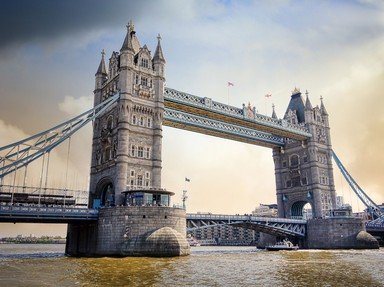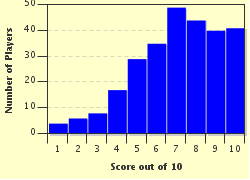Quiz Answer Key and Fun Facts
1. Let's start off where I spent most of my childhood. It's a seaside resort town that used to have a lovely Victorian pier until it was wrecked in severe weather in the 1970s. It has a name that makes it sound like it belongs in Scotland but it's actually in Lincolnshire, England. It's called:
2. Heading south around the Wash (where King John was said to have lost the Crown Jewels), we reach East Anglia and the county of Suffolk. Here we find the largest container port in the UK. Which port?
3. Moving past the Thames Estuary and travelling along the south coast of England, we reach Devon and a place where I spent a week doing a biology field course: Slapton. The nearby Slapton Sands, as well as being an Area of Outstanding Natural Beauty, are also known for something more violent; what?
4. We go onto the north coast of Cornwall now and Tintagel. The nearby castle is closely linked to whom?
5. Heading up to Wales, we come to Caernarfon in the north-west of the country. Do you know in which Welsh county Caernarfon is located?
6. It's time for a swim across the Irish Sea to Northern Ireland now. The Giant's Causeway is a World Heritage Site and a natural wonder made of rock. What type of rock is it?
7. Over the sea again to Scotland for the next question; to the largest and most northerly of Scotland's Inner Hebrides, in fact. This island had no road access to the Scottish mainland until a bridge was built in the 1990s. Which island is this?
8. Up north can be found the famous John O'Groats. This village represents the northern end of the longest distance between two inhabited points on the British mainland. Land's End, in Cornwall, is at the other end. What is the distance, AS THE CROW FLIES, between these two places?
9. Down the coast now and back to England we go. Off the coast of Northumberland is an island known as Holy Island. It has another name, though. What is this name?
10. Finally, it's down to North Yorkshire. We're in Whitby, home of St Hilda's Abbey and the inspiration for Bram Stoker's "Dracula". What river does Whitby lie on?
Source: Author
MrSheen
This quiz was reviewed by FunTrivia editor
Pagiedamon before going online.
Any errors found in FunTrivia content are routinely corrected through our feedback system.

